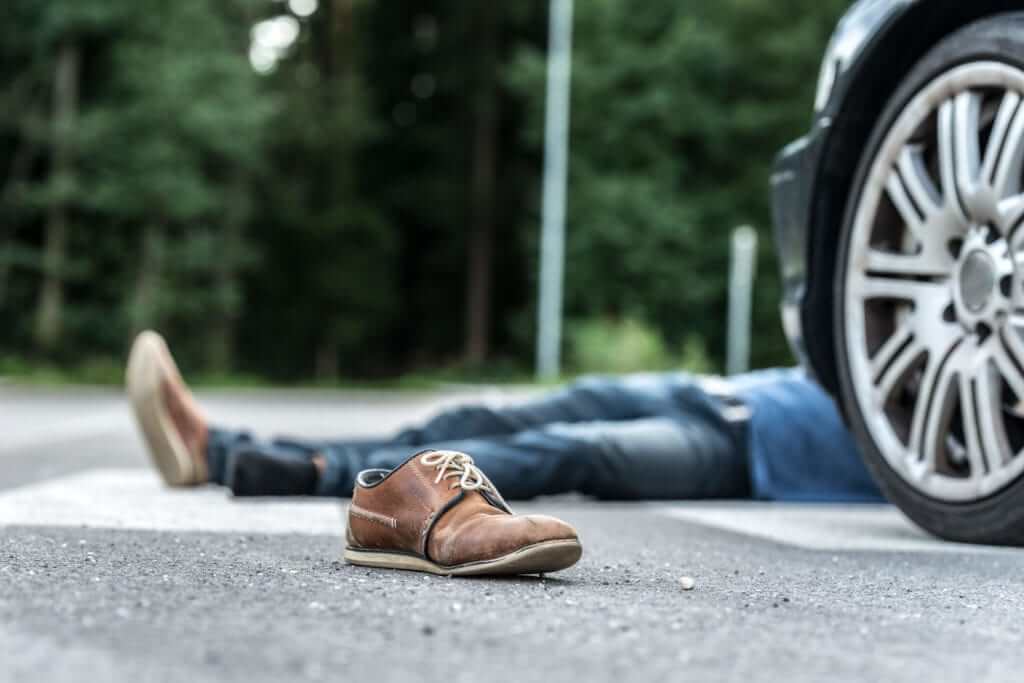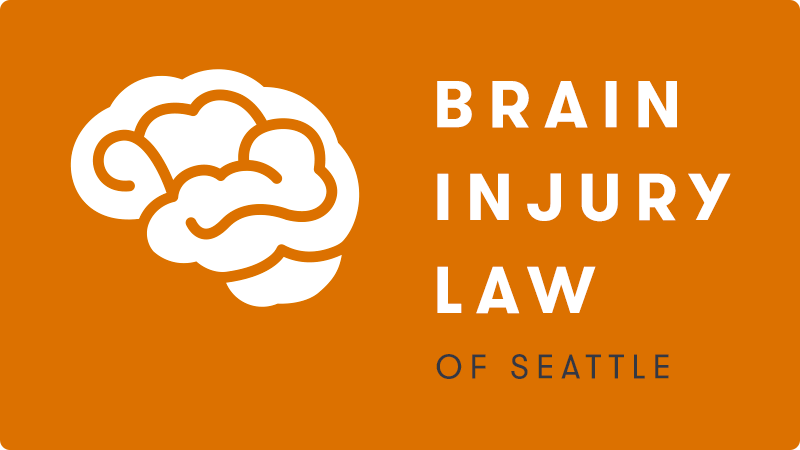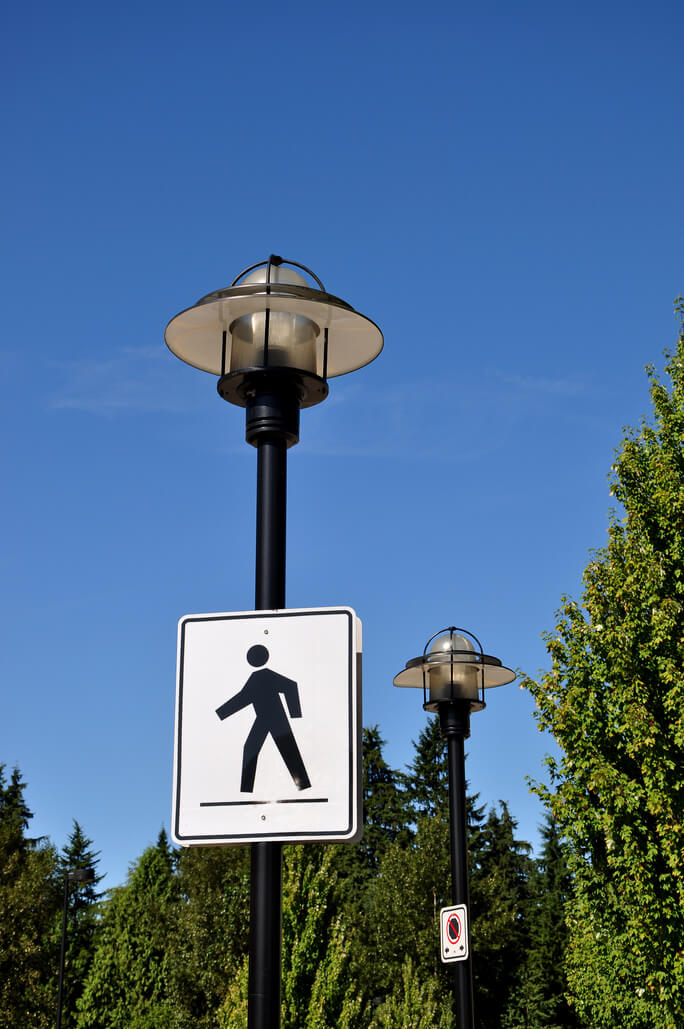Though walking is great for the body and mind, it constantly carries significant risks. According to the National Highway Traffic Safety Administration (NHTSA), there were 6,516 pedestrian deaths in 2020, with an additional 55,000 pedestrians suffering injuries. These numbers have remained steady or even risen over the past couple of years and represent the need for both pedestrians and drivers to use preventative safety measures.
A pedestrian struck by a car can suffer severe injuries. Following road and walkway rules and taking additional precautions can help increase pedestrian safety and decrease the likelihood of a pedestrian accident. We’ve compiled some helpful safety tips for both sides to follow to reduce these injuries and deaths.
Page Contents
Common Causes of Pedestrian Accidents
One of the most common causes of a car pedestrian accident is a lack of visibility. If a driver can see the pedestrian and see them from a further distance, they have more time to react and brake or otherwise avoid an auto pedestrian accident. Without high visibility, drivers are not able to react, and pedestrian safety significantly decreases.
According to the NHTSA’s Pedestrian Traffic Safety Facts report from 2020, most pedestrian fatalities in traffic collisions (77%) occurred in the dark, while just 20% occurred in daylight. Whenever possible, pedestrians should avoid walking at nighttime. Those who are walking in low light or reduced visibility conditions should wear bright clothing and reflectors or a high visibility vest.

Who Is at High Risk for Pedestrian Accidents
A person walking in a large city is at a high risk of a pedestrian car accident. The NHTSA reported that 82% of pedestrian fatalities in car accidents occurred in urban areas, with Los Angeles, New York City, Houston, and Phoenix having the highest total pedestrian death rates. However, fatal car accidents with pedestrians are far less likely at intersections (75% occurring elsewhere), where traffic lights and crosswalk signals increase safety.
Other groups that are at a high risk of death as pedestrians struck by cars include children 14 and younger, adults 65 and older, males, and pedestrians with alcohol or drug impairment. Children are at risk for various reasons, such as a lower understanding of road safety and smaller statures. At the same time, older adults may be slower to react and have a lower chance of surviving vehicular impact.
In over 70% of all car accident pedestrian deaths, the pedestrians were male, with a fatality rate per 100,000 population that more than doubles that of female pedestrians.
While impaired drivers present a significant risk, impaired pedestrians increase their own chance of accidents and death. In 30% of fatal car pedestrian accidents, the pedestrians had a BAC of .08 g/dL or higher.
Basic Pedestrian/Road Safety
While following the basic road, sidewalk, and crosswalk guidelines won’t eliminate pedestrian accidents and deaths, it can greatly reduce them. Such guidelines include adhering to traffic lights, stop signs, and walk/stop crosswalk signals. When both pedestrians and drivers follow their respective guidelines and take extra caution in high-traffic areas, preventing accidents and deaths becomes far more likely.
Tips to Avoid Pedestrian Accidents
A pedestrian accident typically occurs when one or both parties (driver and pedestrian) take few safety precautions or ignore road and walkway rules. We’ve compiled some safety tips for drivers and pedestrians to increase pedestrian safety.
Safety Tips for Drivers
- Always keep an eye out for pedestrians, even in areas with low pedestrian expectancy
- Slow down when approaching a crosswalk and stop at an appropriate distance to give pedestrians space
- Do not go around another vehicle that is stopped at a crosswalk, as they may be allowing pedestrians to cross
- Drive slower and take additional caution when driving in low visibility, such as during the night or in harsh weather conditions
- Drive slower in school zones and be even more aware of potential pedestrians
- Never drive while under the influence of alcohol or drugs
Safety Tips for Pedestrians
- Walk on sidewalks and avoid walking on streets whenever possible
- Follow all traffic and crosswalk signals, and give drivers additional time to stop before crossing the street
- Only cross streets at crosswalks and intersections
- Be aware of cars backing out of or entering parking lots and driveways
- Avoid walking while under the influence of alcohol or drugs
Related Articles
Schedule a Free Consultation!
Brain Injury Law of Seattle is committed to reducing the likelihood of a pedestrian accident and our pedestrian injury lawyers are helping those with resulting brain injuries get the medical and legal help they need. If you’ve suffered a brain injury due to a pedestrian accident or any other unfortunate circumstance, call us today to schedule a free consultation in Seattle, WA.



